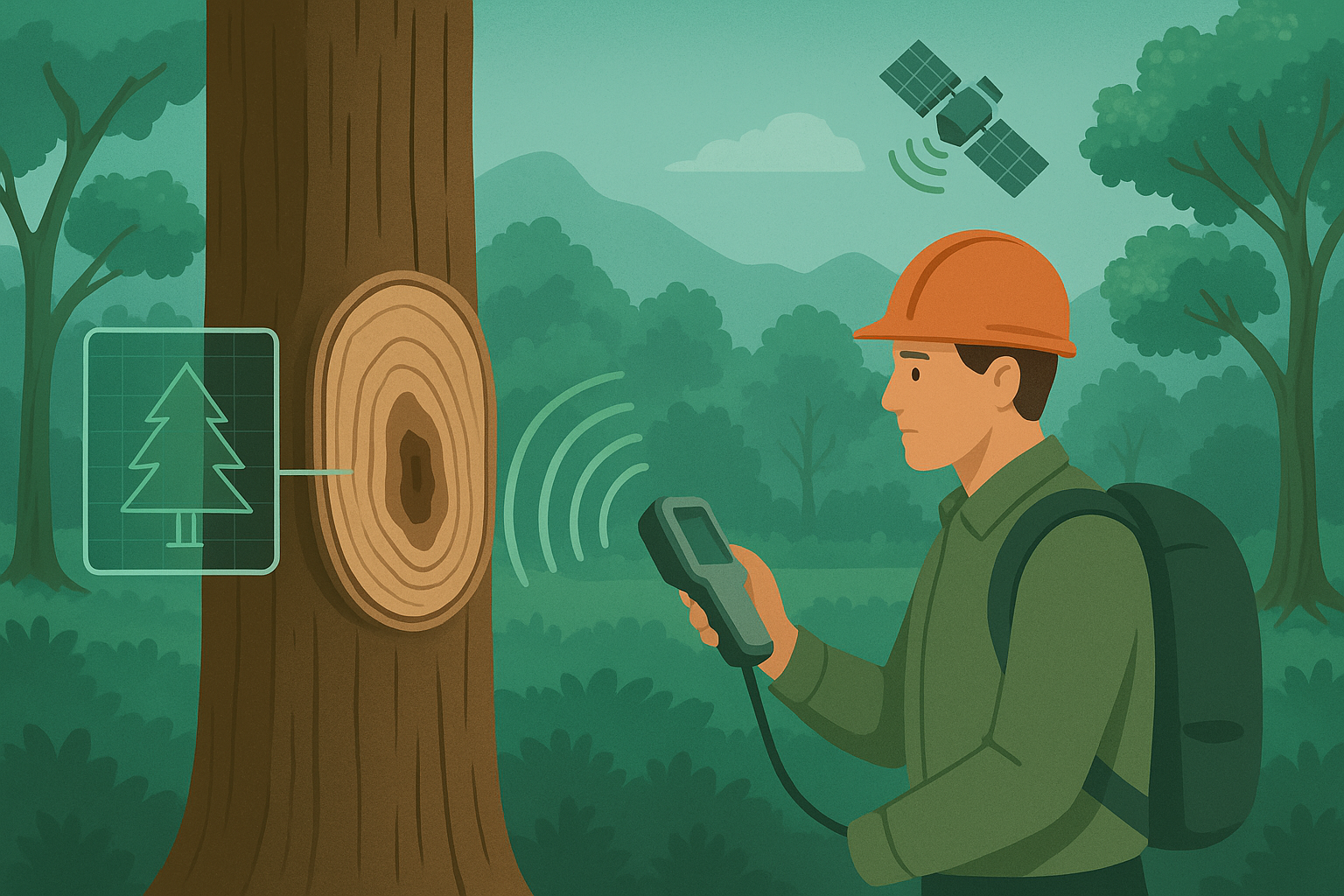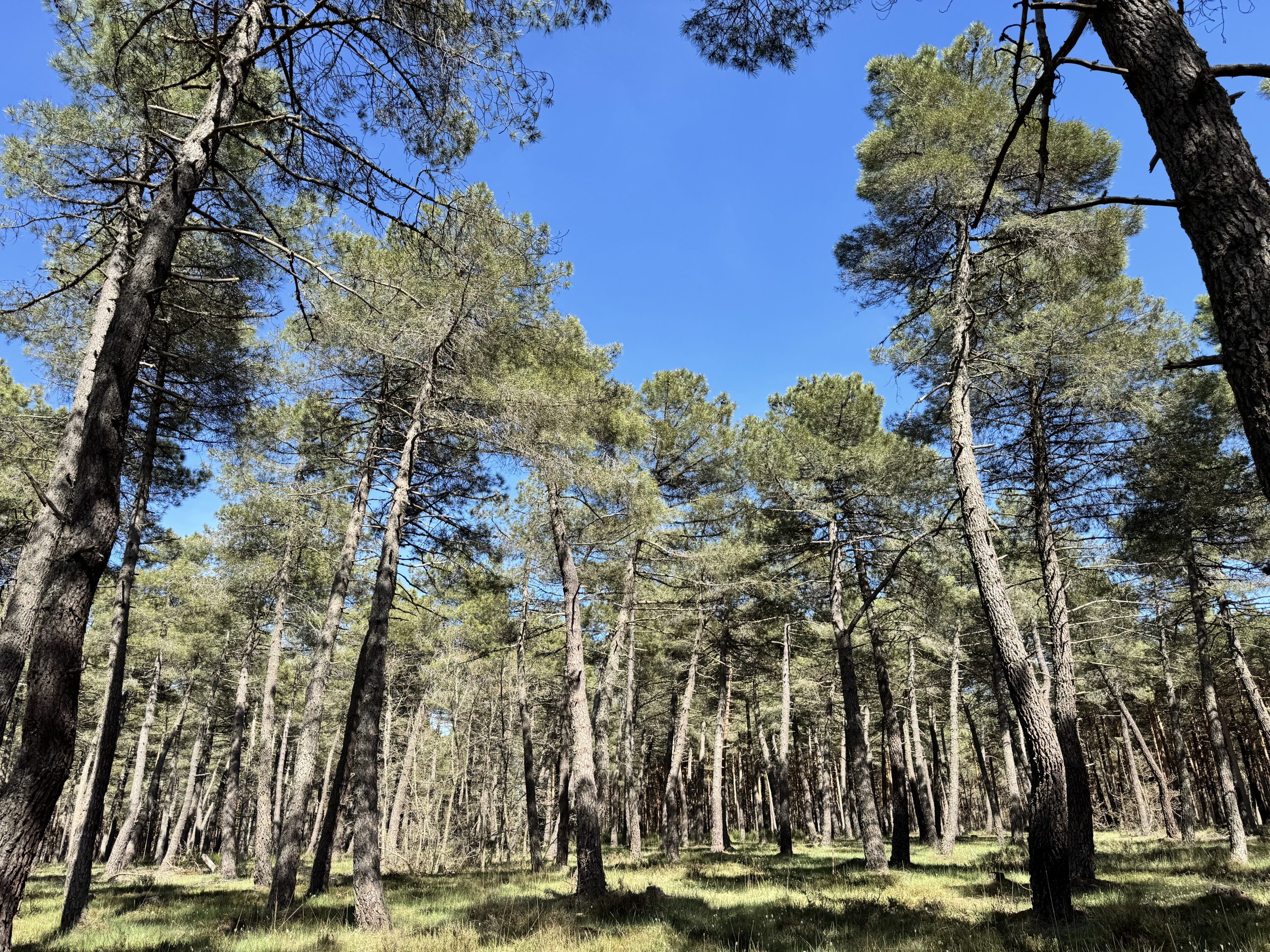In today’s forestry industry, one of the biggest challenges lies in how and when we assess wood quality.
Traditionally, the quality of wood is only determined after trees are harvested — often during the final sorting process at sawmills. Logs are categorized based on size and visible defects, but without a clear understanding of their internal structure or potential.
This late-stage assessment leads to unnecessary transportation of low-quality wood, lost economic value and increased environmental impact.
Moreover, current methods rarely consider the multifunctional value of trees. A tree’s worth is not only defined by its timber potential — but also by its ecological roles, such as providing habitat for wildlife or enhancing recreational spaces.
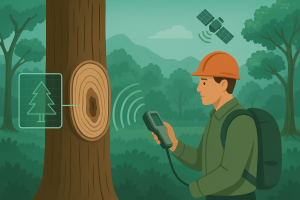
[AI-generated image]
Beyond the State of the Art: The SingleTree Vision
The SingleTree project takes forestry beyond the state of the art by developing data-driven methods to estimate wood quality directly in standing trees.
Using advanced sensing, modeling, and forest inventory technologies, SingleTree creates the foundation for a more efficient, intelligent, and sustainable forest value chain.

Data-Driven Decision Making
By integrating detailed, tree-level data, SingleTree enables foresters and sawmills to match logs to product requirements before cutting. This precision reduces waste, optimizes resource use, and increases the overall value extracted from every tree.
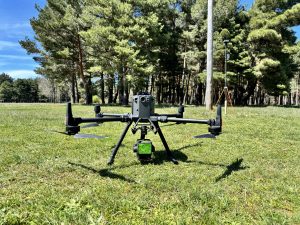
Integration of Advanced Technologies
The project brings together digital inventory tools, wood property modeling, and AI-based analytics — paving the way for Forestry 4.0. This new paradigm enhances the management not only of timber but also of other essential ecosystem services such as biodiversity and carbon storage.
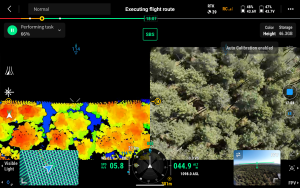
Detecting Hidden Ecological Value
Beyond wood quality, SingleTree’s methods help identify ecological features — like nest cavities or unique habitat trees — that may otherwise go unnoticed, ensuring that management decisions respect and preserve nature’s complexity.
The Impact: Smarter, Fairer, and Greener Forestry
By empowering forest managers, harvesters, and processors with actionable information, SingleTree drives a shift from reactive to proactive management. The result? Better use of each tree, higher economic returns, stronger ecological balance, and lower environmental footprint.
